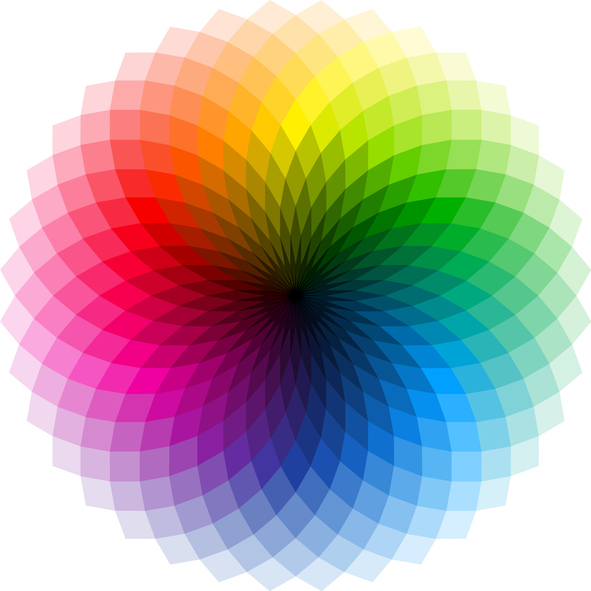 As noted in the previous blog, Laban’s claims that dance and movement have a harmonic structure analogous to music have been criticized as fanciful metaphysical speculations. Nevertheless, harmony remains useful concept for examining how different parts of a work of art are brought into relationship to create an expressive whole.
As noted in the previous blog, Laban’s claims that dance and movement have a harmonic structure analogous to music have been criticized as fanciful metaphysical speculations. Nevertheless, harmony remains useful concept for examining how different parts of a work of art are brought into relationship to create an expressive whole.
For artists and musicians, harmony is not a mystical concept – it is a perceptible quality with a rational basis. This is because light and sound are vibratory phenomena. Thus each color and each musical tone has a certain number of vibrations. Both color and tonal harmonies are based on proportional relations between these vibrations that have a rational and mathematical basis.
Laban was aware of this. He wrote: “relations of vibrations expressed in primary numbers give our senses an impression of balance which we call harmony.” He goes on to cite the relation of 1:2 in the musical octave and numerical relations between primary colors. His aim is to investigate similar relations in human movement.
Find out what Laban discovered in “The Movement Harmony Project, Part 2: Effort Harmonies.”
